Propaganda films have a rich history in cinema. Since the early-20th Century, propagators have used the medium of celluloid to promote their agendas, or those of their financiers, towards a political cause or ideology.
While at times it is clear that propaganda films are made with such an intent, the cleverest filmmakers disguise the film’s intended purpose. National Socialists, Bolsheviks, even liberal idealogues have used film to sway public opinion, and they have found it easier to do so when they draw a veil over their intentions.
War films have been the most important battleground of propagation, with films from The Battleship Potemkin to American Sniper purporting to be factual — though they have an ulterior motive to mere entertainment. When that power has fallen into the wrong hands, like Nazi propaganda master Joseph Goebbels, it has been used to generate support for an evil cause. In a way, though, it is the films that propagate more subtly that can be the most effective in their cause.
10 American Sniper
If you watched American Sniper without the context of criticisms of sniper Chris Kyle or an understanding of director Clint Eastwood’s conservative political leanings, you’d probably think Kyle was a saint in fatigues. While his heroism in certain contexts is hard to doubt, many critics of his eponymous memoir began to question some of the events that Kyle represented in the book.
Not Everybody Believed Chris Kyle’s Self-Proclaimed Morality
Columnist Amy Nicholson of Slate, for example, took aim at Kyle’s book, which she says contains jingoistic braggadocio. She also mentioned that nobody could verify Kyle’s claims of killing two carjackers in Texas or punching Minnesota Governor Jesse Ventura.
Regardless of whose side you take, nobody can question that Eastwood’s film was ardently pro-Kyle and pro-military. As a one-time Republican mayor of Carmel, California, and a speaker at several Republican National Conventions, Eastwood may have been too biased to make this film factually. Stream American Sniper on Max
9 Battleship Potemkin
Battleship Potemkin was a masterpiece of early Russian cinema, with a 27-year-old Sergei Eisenstein using the film as a platform for his technological breakthroughs in film. The film was lauded for its massive scale, but to what end? The film was ardently pro-communist, having been literally commissioned to commemorate the 20th anniversary of the First Russian Revolution.
The Bolshevik Film Depicted an Epic Mutiny
While Eisenstein used the film to test editing breakthroughs like montage, he wrote it as pure revolutionary propaganda. Film historians have argued over his intentions, with some thinking he may have depicted such virulently communist ideologies simply to get the necessary funding to achieve his goals as a filmmaker. The mutiny depicted in the film has been championed by Communists in Russia ever since. Stream Battleship Potemkin on Max
8 The Edge of Democracy
The Edge of Democracy examined the political machinations of Brazil, after the country’s 2014 socio-political crisis spurred the impeachment of Dilma Rousseff. Eventually, her replacement President Lula was arrested, paving the way for the rise of Jair Bolsonaro, a far-right-wing nationalist who upended the country’s political sphere.
While the film depicted political events somewhat factually, even left-leaning filmmakers can propagandize. Such was the case with director Petra Costa, who made the film very personal through the prism of her own political motivations.
The Edge of Democracy Defended the Democratic Process, Though Brazil’s Voting Population Hasn’t
Often, in times of extreme economic crisis, right-wing politics and neo-fascism become popular again. But in the case of Brazil (not unlike the rise of President Trump), the voting populus may have, themselves, wanted to do away with elements of democracy.
After 4 years of the Bolsonaro term though, the country seemed to realize that a small, powerful government also took away certain freedoms — leading to a coup d’état that put President Lula back into office. While Costa’s film may have foreshadowed this eventuality, it did little to appeal to conservative voters with differing ideals, or to explain the drawbacks of left-wing government. Stream The Edge of Democracy on Netflix
7 The Hurt Locker
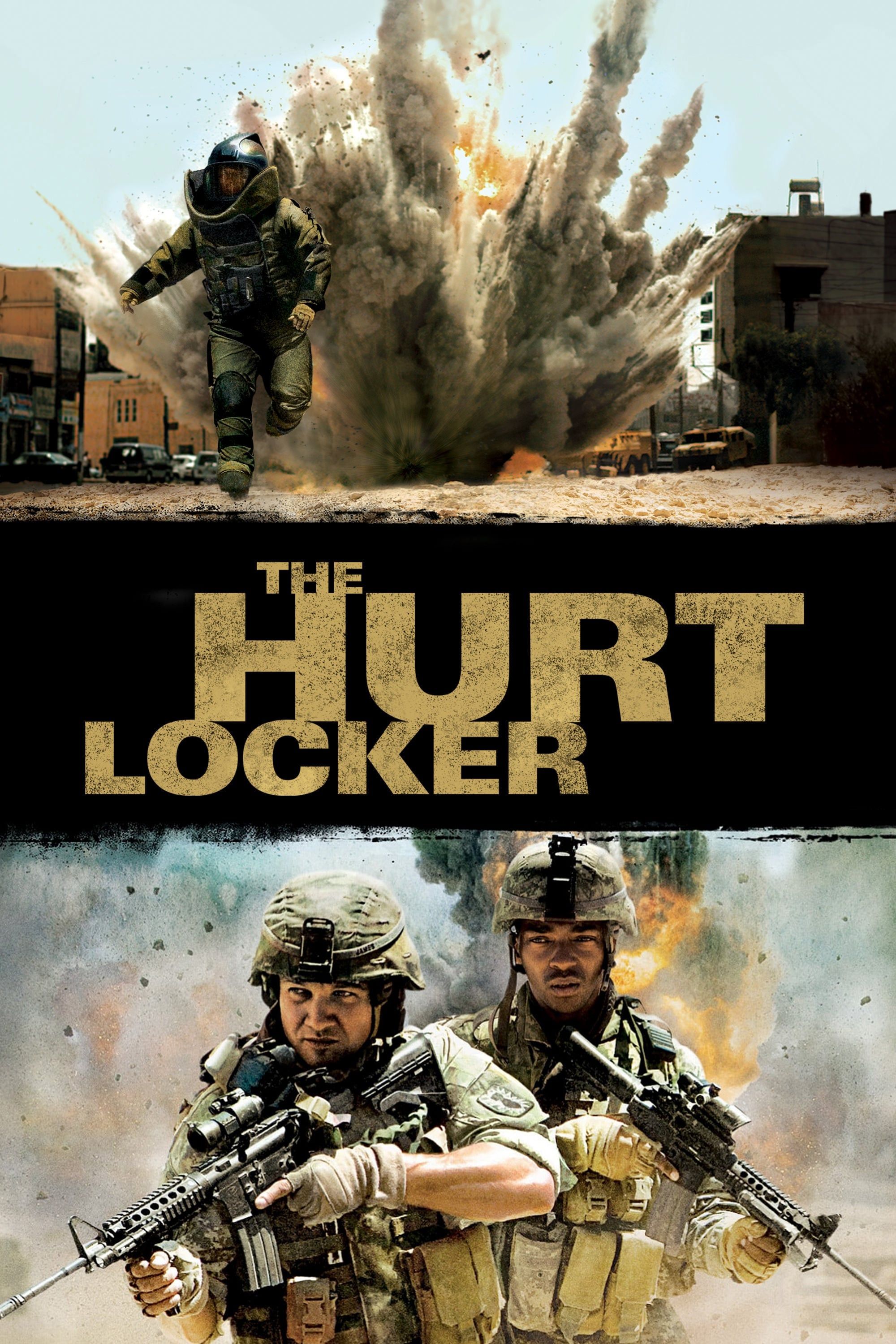
The Hurt Locker was a collaboration between director Kathryn Bigelow and journalist-turned-screenwriter Mark Boal. The film raised many issues about the nature of war, and the Iraq War in particular. The hyper-tense military action film seems, at first glance, to be somewhat anti-war, but at the same time Bigelow and Boal are completely exploiting the lives of soldiers tasked with explosive ordnance disposal and their resultant PTSD.
The Hurt Locker Won Major Oscars for Bigelow, But to What End?
Like many filmmakers who make war films, Bigelow didn’t seem to take a hard stance on the U.S. Military’s presence in Iraq. Sure, she made those in high command seem to not have the best interest of their soldiers in mind, but at no point did she take a hard stance against the invasion.
Considering how ill-advised it seems now, after there clearly were no WMDs found in Iraq and the war benefited America’s oil interests in the Middle East, Bigelow missed a golden opportunity at sending a political message, reducing her film to being essentially pro-military propaganda. Rent The Hurt Locker on AppleTV+
6 Titanic (1943)
If you thought James Cameron was a bit of a fascist in his approach to making the 1999 version of Titanic, think about the makers of the 1943 version of Titanic — who were literally Nazis. Nazi minister of propaganda Joseph Goebbels commissioned the film, and let’s just say it wasn’t exactly historically accurate.
The Nazis Used Titanic to Show British Inferiority
The film was an exercise in propaganda, though it attempted to portray its content as purely factual, even adding a heroic German character to the ship’s crew. The film’s original director, Herbert Selpin, may have been the only true hero associated with this film, for after making disparaging remarks about the Nazis early in the film’s production, he was hauled off by the Gestapo and later found hanged in prison. Yikes.
5 The Green Berets
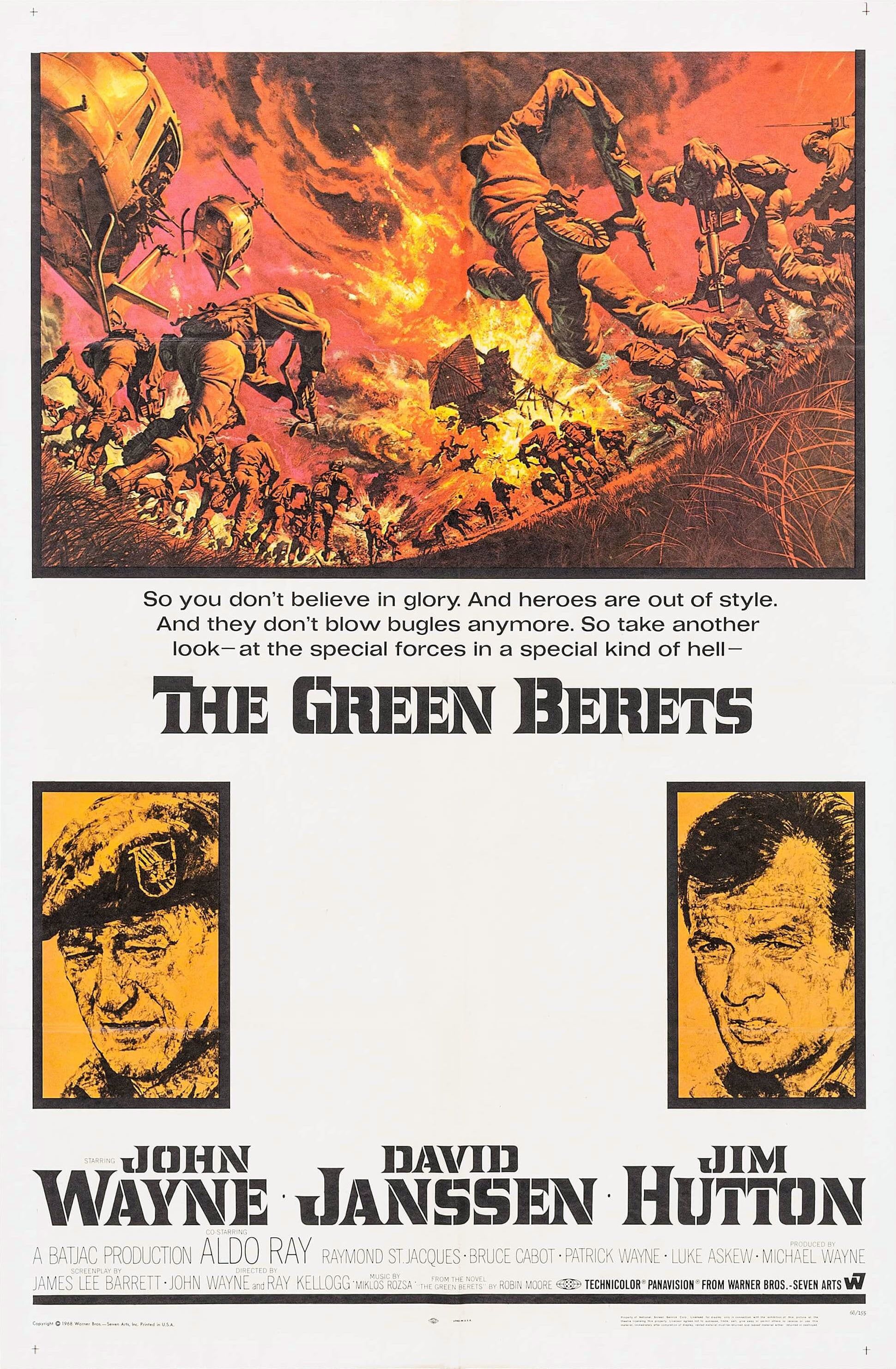
The Green Berets was originally intended to be an adaptation of a 1965 novel of the same name, but once John Wayne was cast, the conservative actor took over the reins of directing the film, in order to make a piece that was pro-U.S. Government. While Vietnam was still raging, the film gave a simplified version of the events, painting U.S. soldiers as saviors and the North Vietnamese as pure evil.
How The Green Berets Affected the War
Since the draft wasn’t instituted until 1968, the U.S. government was still in need of soldiers voluntarily joining up. The “Duke” may have helped, considering how widely beloved the actor was at the time. Despite critics and war veterans hating the film, it was a commercial success, likely leading to more than a few soldiers joining the war effort. Rent The Green Berets on AppleTV+
4 Black Hawk Down
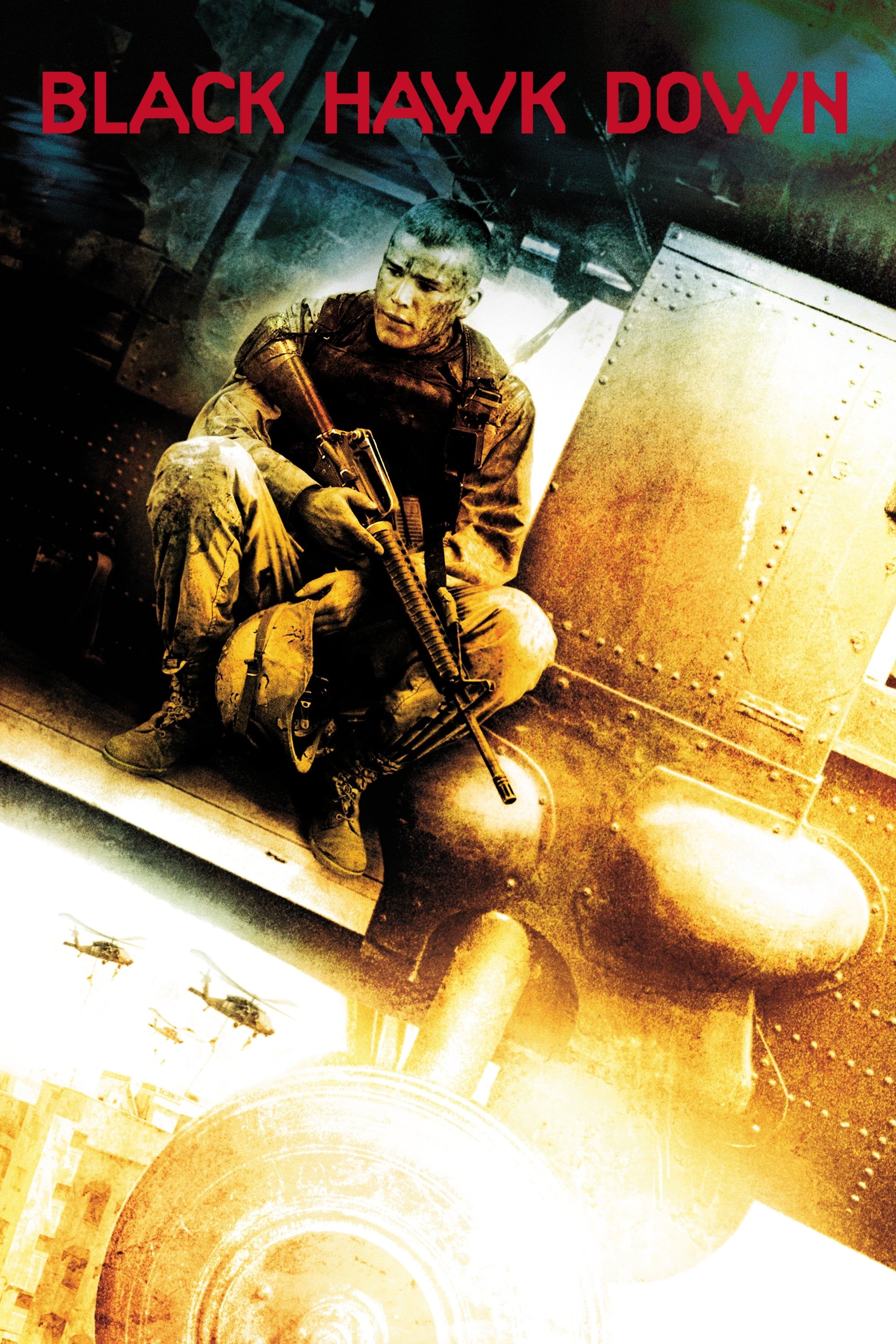
Black Hawk Down didn’t contest what an absolute quagmire the 1993 Battle of Mogadishu was, but director Ridley Scott made it abundantly clear who the ‘good guys’ and the ‘bad guys’ were. Despite the U.S. Military’s debatably imperialistic interests in the region, and their ill-advised attempts at restoring democracy there, the battle against Somali guerilla soldiers was a harsh reminder of the U.S. Military’s previous attempts at sowing the seeds of democracy — such as the Vietnam War.
The Film May Have Had Served a Recruiting Purpose for Iraq
While the film seemed to, at times, be anti-war, it’s depiction of the soldiers as courageous and heroic inevitably acted as a recruiting tool for the U.S. Military. Speaking on the topic, Newsweek columnist Evan Thomas said, “The overall effect [of the film] was stirring, if slightly pornographic, and it seemed to enhance the desire of Americans for a thumping war to avenge 9/11.”
How much Ridley Scott was complicit in this is hard to say, but the tenor of the film went unchanged after the World Trade Center attacks only a few months prior to Black Hawk Down’s release. Stream Black Hawk Down on AMC+
3 Zero Dark Thirty
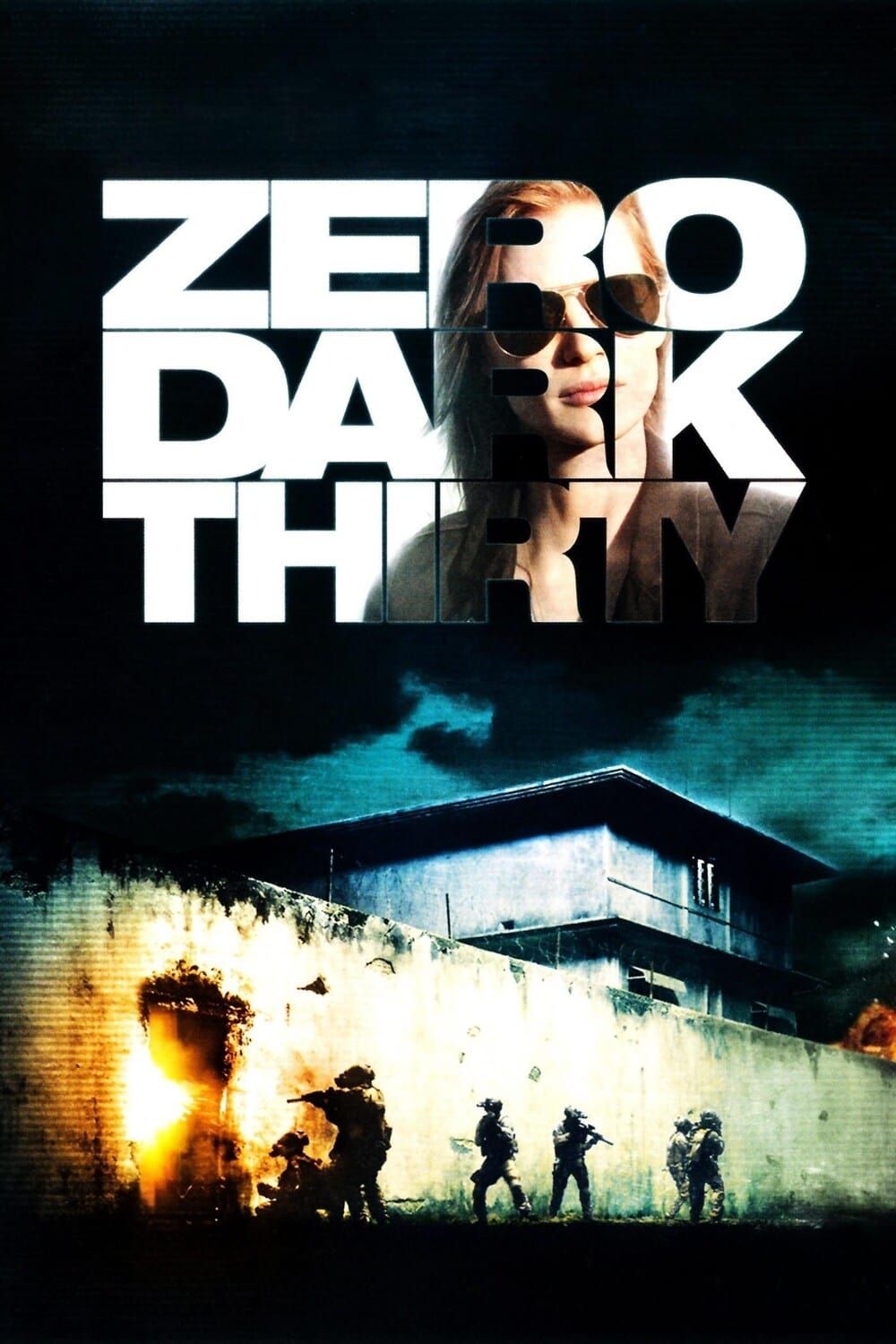
Zero Dark Thirty was another of Kathryn Bigelow’s directorial efforts with a questionable viewpoint. While The Hurt Locker was somewhat ambiguous in its political intent, Zero Dark Thirty unequivocally defended the CIA’s use of torture tactics as a necessary evil in the so-called War on Terror. In fact, it traced a direct line from those tactics to the capture of Osama bin Laden.
Zero Dark Thirty’s Depiction of Torture May Have Cost it Oscars
There was certainly critical backlash to Zero Dark Thirty‘s cause and effect depiction of torture leading to the fabled smash and grab mission that led to bin Laden’s death. The Atlantic‘s Richard Lawson explained in an Op-Ed that as a result of the controversy, the film had “just become something vaguely taboo” when it came time for Academy voters to award the film.
Apparently, Hollywood had tired of jingoistic representations of the CIA and U.S. Military since Bigelow’s earlier Oscar wins for The Hurt Locker — and they let it be known. Stream Zero Dark Thirty on Fubo
2 Bowling For Columbine

bowling for columbine
- Release Date
- October 9, 2002
- Cast
- Jacobo Arbenz , Mike Bradley , Arthur A. Busch , George Bush , George W. Bush , Michael Caldwell
- Runtime
- 120
Bowling for Columbine was a lot of things, but even-handed certainly wouldn’t be a way to describe the documentary. Michael Moore, an ultra-liberal and highly political filmmaker, used the film to examine the causes of the Columbine School shooting.
How the Documentary Only Voiced One Side of the Gun Issue
While the film was made early on in the mass shooting crisis in America, and was noble in its attempts to promote gun control, it did little to show the other side of the issue, including 2nd Amendment rights and the fact that it would be next-to-impossible to reacquire arms from American citizens were guns suddenly made illegal. Some of the film’s talking heads, like Marilyn Manson, haven’t aged particularly well, either. Rent Bowling for Columbine on AppleTV+
1 Top Gun: Maverick
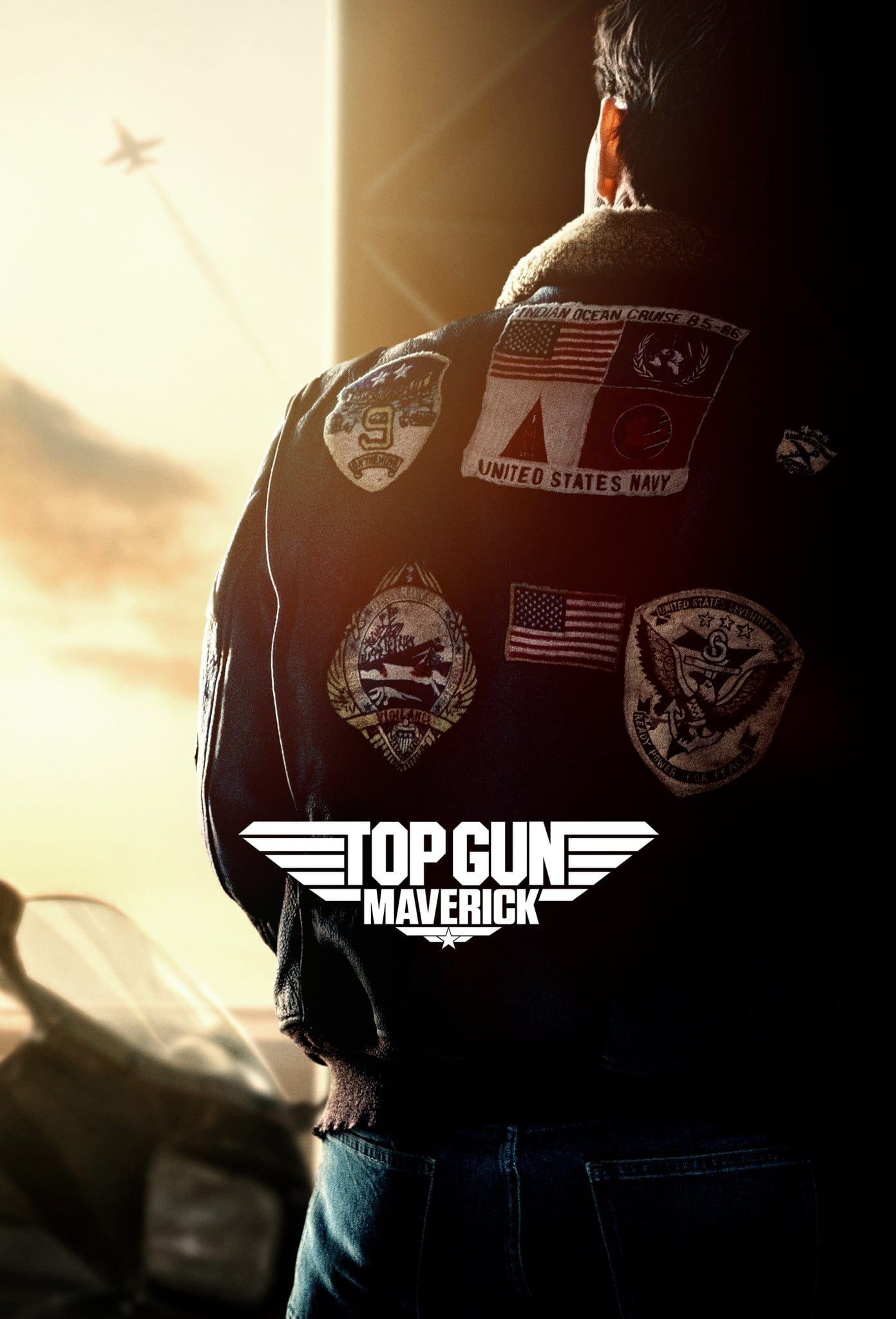
Top Gun: Maverick
Tom Cruise returns as Pete “Maverick” Mitchell, and keeps pushing the envelope as a seasoned aviator for the Navy in this sequel to the original Top Gun film.
- Release Date
- May 27, 2022
- Director
- Joseph Kosinski
- Runtime
- 2hr 26min
Top Gun: Maverick has been hailed for rescuing the theatrically-released movie from the obscurity created by the Covid-19 pandemic, with film luminaries like Steven Spielberg praising Tom Cruise for his tireless work to make the film exceptional. While it may not be solely responsible, in retrospect, for rescuing the film industry, it certainly was completely pro-Military — once again painting the U.S. Navy as a force for good in the world.
The Original Top Gun Had a Clear Nemesis, While the Second Left Questions
In the original Top Gun, America was still at the height of the Cold War, with Russian ‘bogeys’ making for a formidable enemy that was ideologically opposed to the U.S. In the second film, though it was clear Iran was the target country of Maverick and his wingmen, the filmmakers tip-toed around the subject, never naming Iran as the target country.
Add to that the fact that the film was essentially a recruiting video for the Air Force, and it’s hard to describe the film as anything but thinly-veiled propaganda. Stream Top Gun: Maverick on Prime Video



